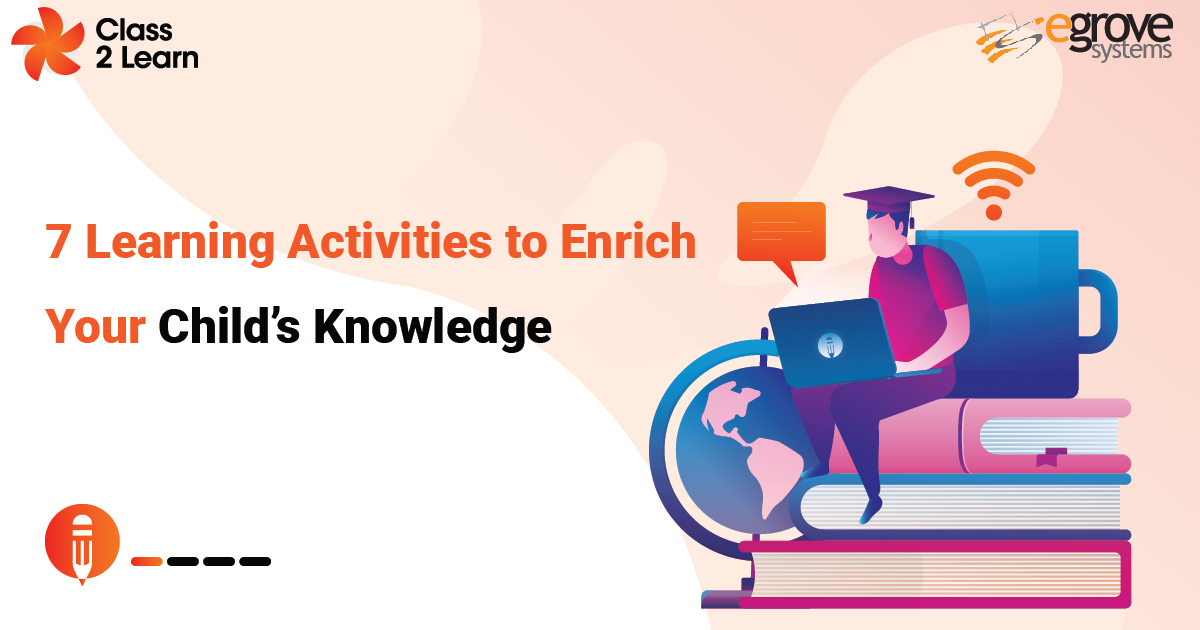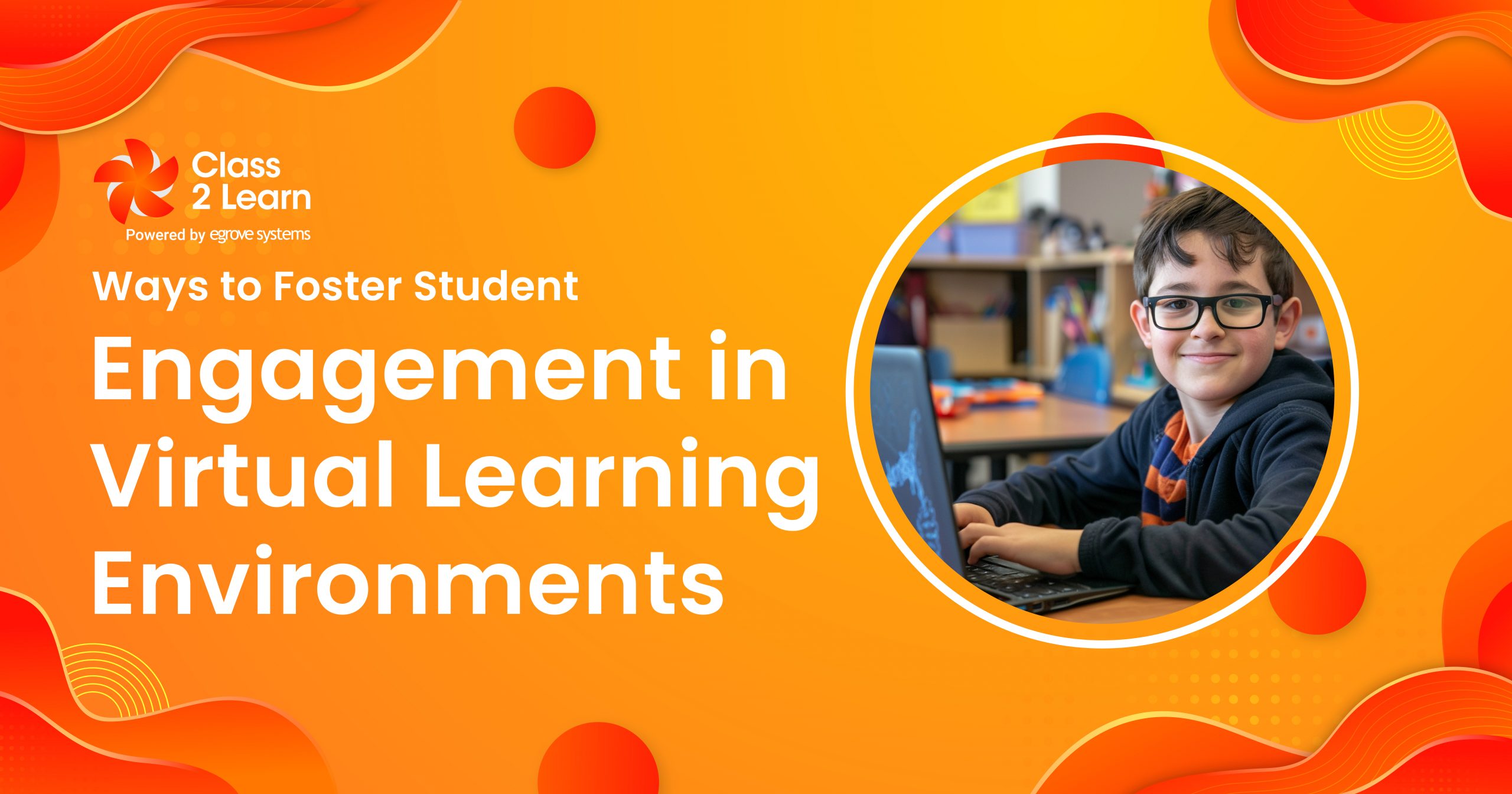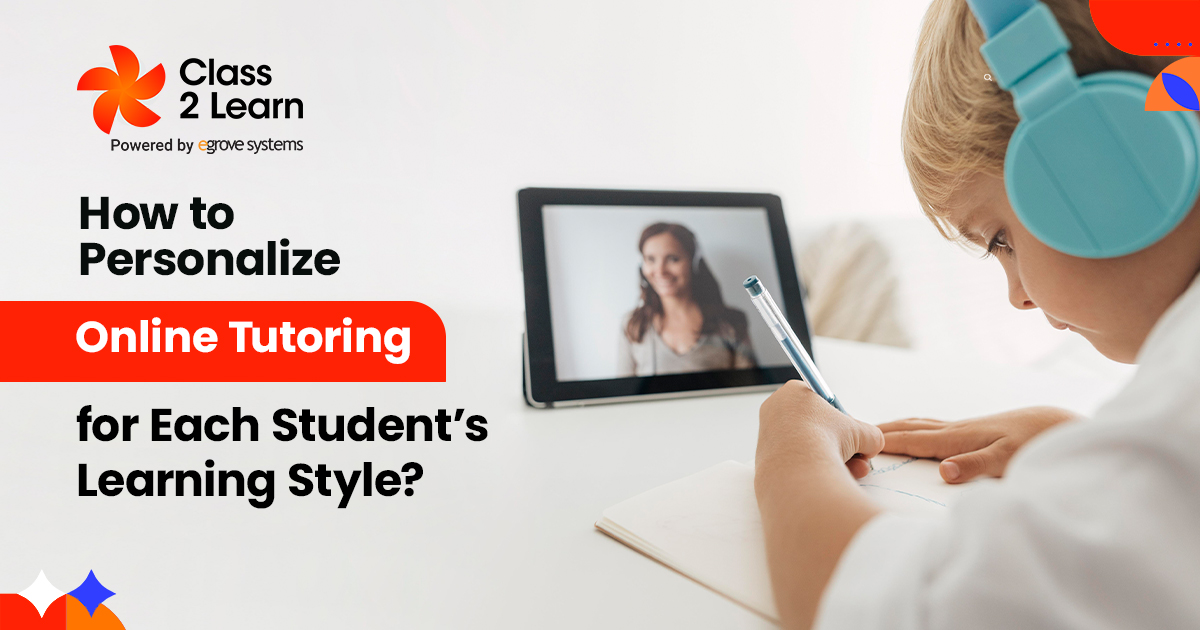According to the research, college students are working longer hours and acquiring more knowledge and skills. Test scores of students who use the Active Learning Strategy have increased by 6% above their baseline levels, according to scientific research. Additionally, failure rates in traditional classes were 1.5 times greater than in interactive classrooms’ active education. This was published under meta-analysis Proceedings of the National Academy of Sciences.
It seems easier to cling to the familiar in these unsettled times. But it doesn’t imply you have to only take lectures since some or all of your classes are online. Even the 5–10 minutes it takes him to transition from obtaining data to interacting can have an impact.
Here are some exercises you might use frequently in your seminars for teenagers:
- Back to the Board:
What it can be used for: This is ideal for revising vocabulary.
How to play: The clue is in the title; have one student sit with their back to the board while the others face it. The instructor then writes something on the board for the students to see. They must describe or imitate the word they see, but they must not mention it. For younger students, this activity works well for number practice: the person with their back to the board guesses a number, and the others just respond ‘higher’ or ‘lower,’ and the student keeps guessing until they utter the proper number.
- Jeopardy
What it can be used for: This can be used for any language practice.
How to play: The instructor draws a table of any size on the board. Obviously, the larger the table, the longer the activity. The columns are arranged in alphabetical order by category, which might be grammar or vocabulary. The rows are designated by the number of points connected with them, with the first row having the fewest and the last row having the most. The questions in the lower-point rows must be easier to answer than those in the higher-point rows. Students estimate a category and an award, for example, present perfect, 200. The teacher then asks them a question or shows them something they must do.
Read More: Elements & Benefits of Social Learning
- Jumbled Sentences
What it can be used for: This is useful for grammar reviews in which students must arrange the various elements in the right sequence.
Playing Instructions: The instructor distributes a series of jumbled sentences, which may be on a worksheet, the board, or on little cut-up cards. Individually or in pairs/groups, students must arrange the sentences correctly. Make it more difficult by including one word that isn’t required. Mix up the sentence types as well, so include positive, negative, and interrogative forms.
- Countdown
What it can be used for: This activity is used for vocabulary practice.
How to play: When practicing vocabulary in class, the countdown feature on ESL games is ideal. It works well with most grade levels, but it works especially well with higher grades since kids have a larger vocabulary to pull from when making words out of the selected letters. You can ask them to come up with the most words in the allotted time or the term that is the longest. You may even go further and instruct them to only consider a certain component of speech, such as a verb. When there are 30 seconds remaining, if you’re feeling very cool, you may also play the original countdown clock to add pressure.
- Broken Telephone:
What it can be used for: This activity is perfect for pronunciation practice of lexical items, sentences, lexical chunks, set phrases, and idioms.
How to play: Working on pronunciation with a broken phone is an excellent idea. Students should be seated in a line or a circle. The first student should be shown or given a sentence away from the rest. The statement must be whispered from that student to the following person, who must then whisper what they hear to the following person, and so on until it reaches the end of the line. The final participant must either verbally recite what they have heard or write it down on paper or the board for the teacher to verify. The team whose final phrase, sentence, etc. is closest to the original if this game is played in teams, may gain points. It’s a good idea to check to see when the activity ended after it.
- Grammar Auction:
What it can be used for: This is used for practice and revision of grammatical structures.
How to play: This is a fantastic approach to reviewing grammar concepts, and it may take the place of the unit-ending grammar practice exercises that are common in course materials. While the students are performing the same work, these may frequently be transformed into grammatical auctions, and the auction structure makes it much more interesting. Teams should be formed, and each team should be given a certain amount of money to spend on auction bids. Ask the teams to submit proposals for a structure on the board based on how certain they are that they can execute it correctly. The group that offers the greatest price will attempt to provide an answer. They can double their bid amount if they guess correctly. If they make a mistake, they lose.
- Spelling Battleships:
What it can be used for: This activity can be used for vocabulary and is also useful when combined with word formation activities.
How to play:
The gameplay is precisely the same as the well-known and beloved battleships game, but there’s also a fun twist: spelling! Give pupils a grid that is empty and instruct them to fill each square with words. Depending on a particular category or portion of the speech, you may either provide the student with a list of terms to use or ask them to come up with their own. The students work in pairs when they have finished their grids, and they must guess and choose a square on the grid to check if they strike a letter. They have another chance if they comply. If not, the other pupil gets a chance to strike a letter. If a student correctly pronounces a word with all the letters present, they must tell the other student the word; if the other student guesses correctly, they “sink” that word. To use in class, either create your own grid or obtain a free printable one like this one.
Conclusion:
Learning Activities provide the students to participate in class, engage with materials, and interact with one another. The activities encourage students to actively participate in student activity in classrooms and also make them proactive in school.





Add comment